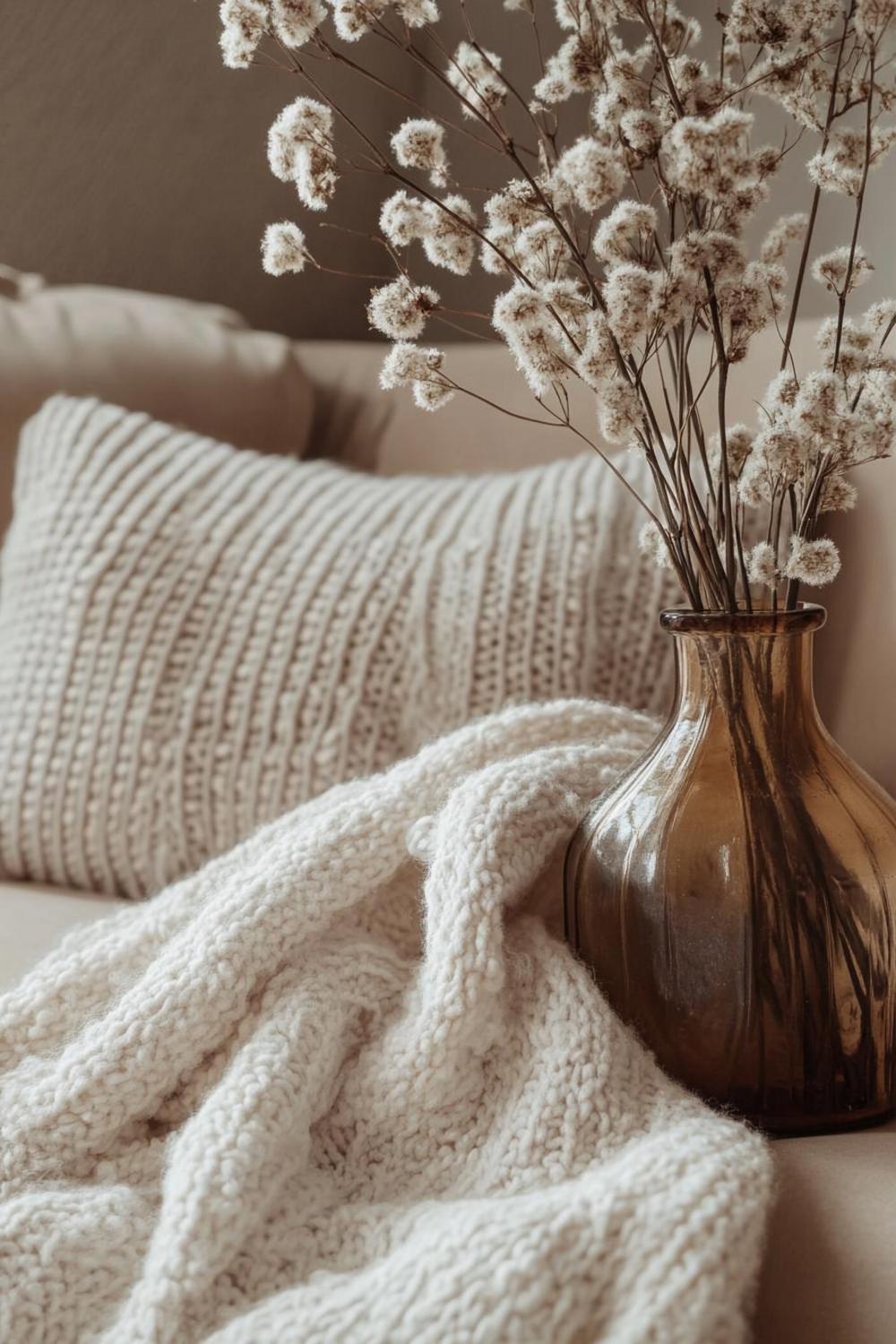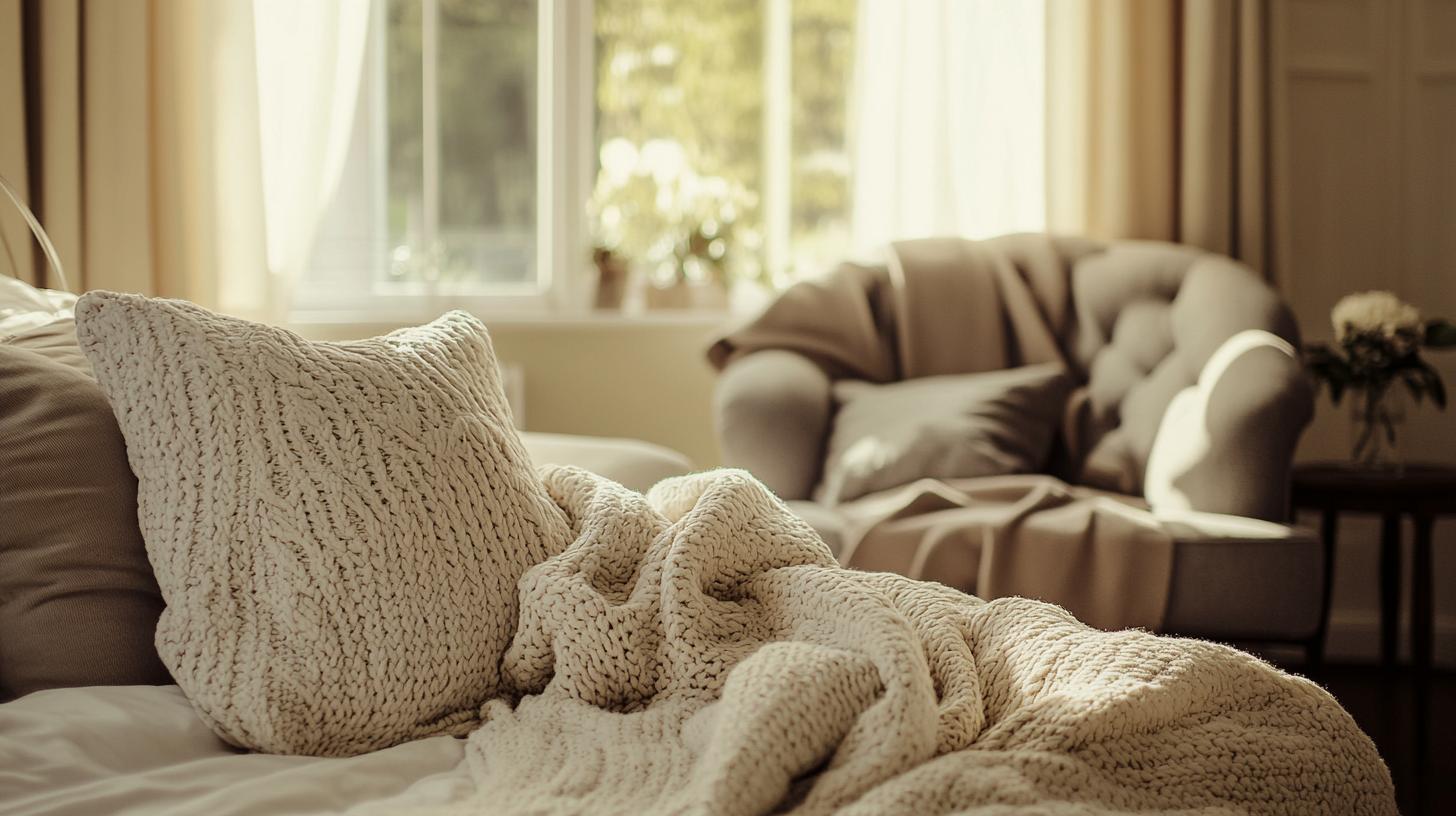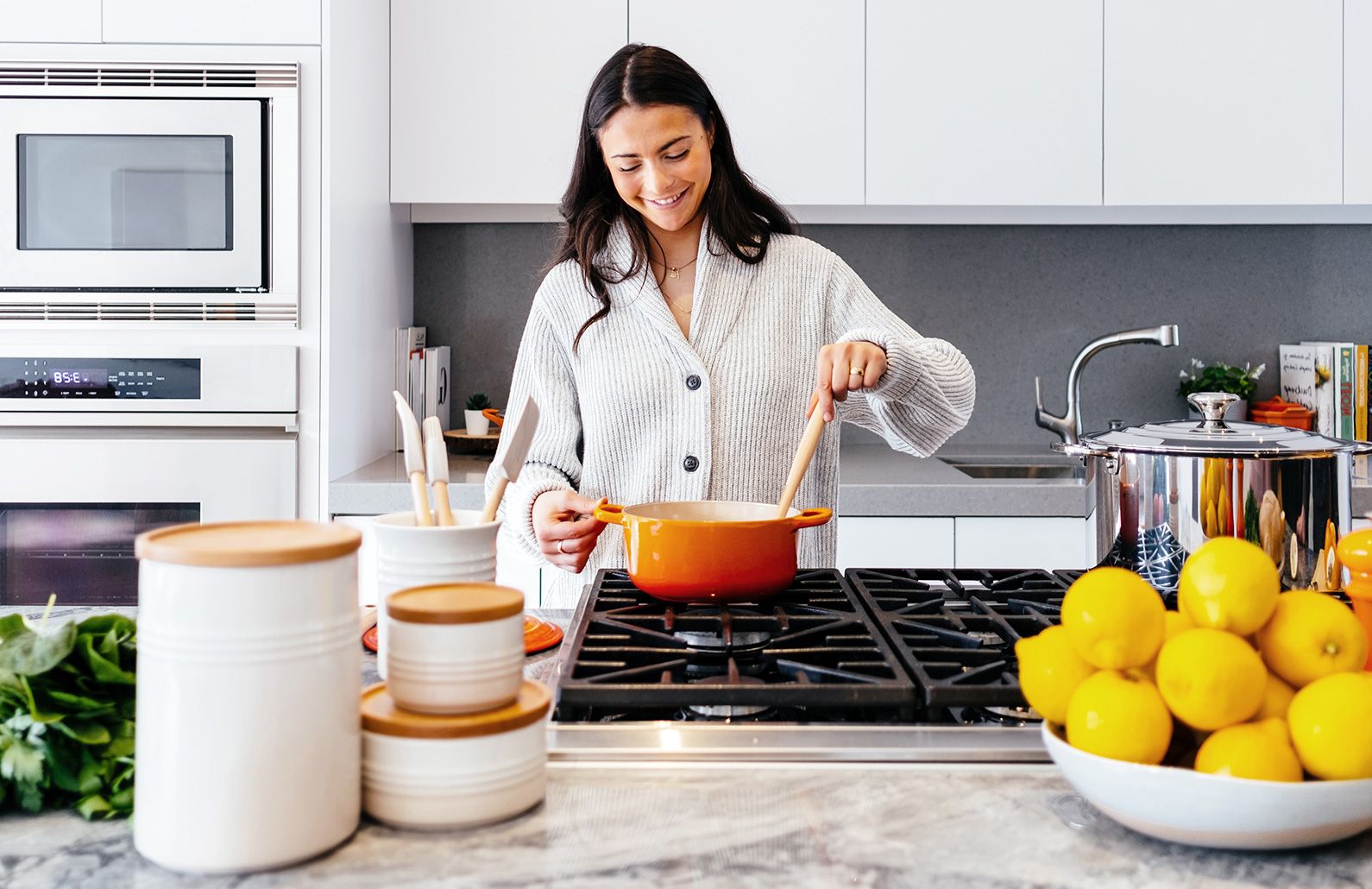Master Textile Layering: Ultimate Home Design Guide 2025
Textile layering isn’t just a design technique—it’s an art form that transforms ordinary spaces into extraordinary experiences! We’ve discovered that strategic fabric combinations can dramatically enhance your home’s aesthetic and emotional atmosphere. Imagine walking into a room where every texture tells a story, where warmth meets visual intrigue.

Understanding Textile Layering Fundamentals
Successful textile layering begins with understanding basic principles. It’s about creating visual depth, balancing textures, and harmonizing colors. Professional designers know that great textile combinations aren’t random—they’re carefully curated experiences.
Key Principles of Effective Textile Layering
- Balance different fabric weights and textures
- Create visual hierarchy through strategic placement
- Mix complementary color palettes
- Consider room’s natural lighting and function
Whether you’re working with throw pillows, blankets, curtains, or upholstery, each textile contributes to your space’s overall narrative. Think of it like composing a beautiful musical piece—every element must work in harmony!

Advanced Textile Layering Techniques for Modern Homes
Professional designers recommend approaching textile layering as a multi-dimensional design strategy. It’s not just about throwing random fabrics together—it’s about creating intentional, sophisticated compositions that reflect your personal style.
Texture and Depth Strategies
Consider incorporating textiles with varying pile heights, weave densities, and material compositions. A chunky knit throw against a smooth leather sofa creates instant visual interest. Combine silk, wool, cotton, and even subtle synthetic blends to achieve rich, multidimensional looks.
Pro Tip: Seasonal Textile Transitions
Smart homeowners understand that textile layering can be seasonally adaptive. During winter, focus on heavier, warmer fabrics like wool and velvet. Summer calls for lighter, breathable materials such as linen and cotton.
Color Coordination Principles
- Use a consistent color palette with subtle variations
- Incorporate neutral base tones
- Add strategic accent colors for visual excitement
- Consider psychological impacts of different color combinations
Remember, textile layering is an ongoing journey of personal expression. Don’t be afraid to experiment and trust your intuitive design sense!




